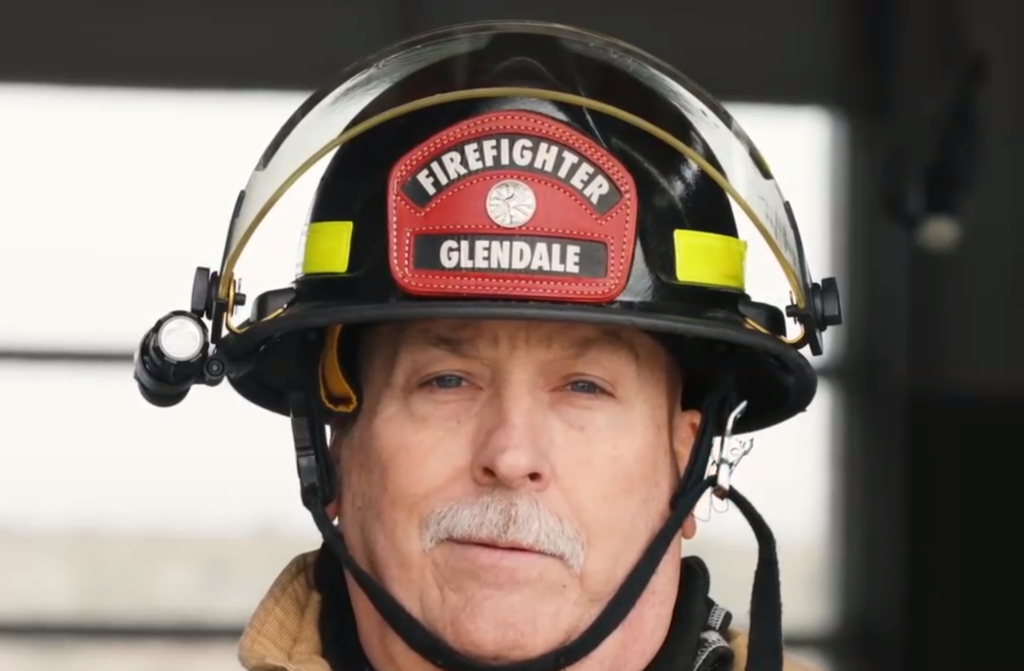
Intelligent Diagnostic Rescues Local Firefighter: Dennis’ Story
Cardiovascular Disease
Dennis Dorrance
Firefighters must be prepared for anything. They run and climb stairs in extreme, fiery heat loaded down with hundreds of pounds of safety gear and tools. One of the most important tools a firefighter carries is a heathy heart, one that can withstand and perform in the face of such harsh conditions.
So, when Dennis Dorrance, a Glendale firefighter of 24 years, began experiencing severe shortness of breath and fatigue, he knew he needed to find a solution quickly.
First, Dennis’ doctor diagnosed him with asthma, and prescribed medication and an inhaler to help manage his symptoms. Unfortunately, Dennis’ symptoms only got worse. Dennis chalked it up to his age and continued working.
“Is this part of getting older?” Dennis thought. “I didn’t know what getting old was.”
A few months later, Dennis attended his annual physical at the Glendale Fire Department Health Center, where clinicians identified potential cardiac abnormalities. They referred Dennis to a cardiologist, Dr. Peter Maki at Biltmore Cardiology.
Dennis underwent a cardiopulmonary exercise test, which measures the amount of oxygen a person can utilize during intense exercise and predicts outcomes in patients with cardiac conditions. The patient runs on a treadmill or rides a stationary bike while wearing a special mask connected to a machine that collects metrics like respiratory rate, respiratory volume, and the concentration of oxygen and carbon dioxide entering and exiting the lungs.
Dennis’s test results revealed that his heart was severely restricted. Still, Dr. Maki needed to determine the cause and location of the restrictiveness.
Dr. Maki ordered another diagnostic test, a non-invasive medtech application that uses data from a standard CT scan to produce a personalized 3D model of a patient’s coronary arteries. Using the 3D model of Dennis’ coronary arteries, Dr. Maki was able to identify plaque in specific arteries and recommend corrective surgery. Within just two weeks of the test, Dennis received a stent and was able to breathe freely once more.
“When I walked into the hospital from the parking garage, I was huffing and puffing,” said Dennis. “When I walked out of the hospital eight hours later, I felt like I could run through that garage.”
Today, Dennis is happy and healthy, thanks to his quick diagnosis and treatment. He continues to serve his community as a firefighter.
“There’s no doubt in my mind that this analysis saved my life,” said Dennis. “I feel like I’m thirty years old again.”
Find more information on medical technology’s role in cardiovascular care.